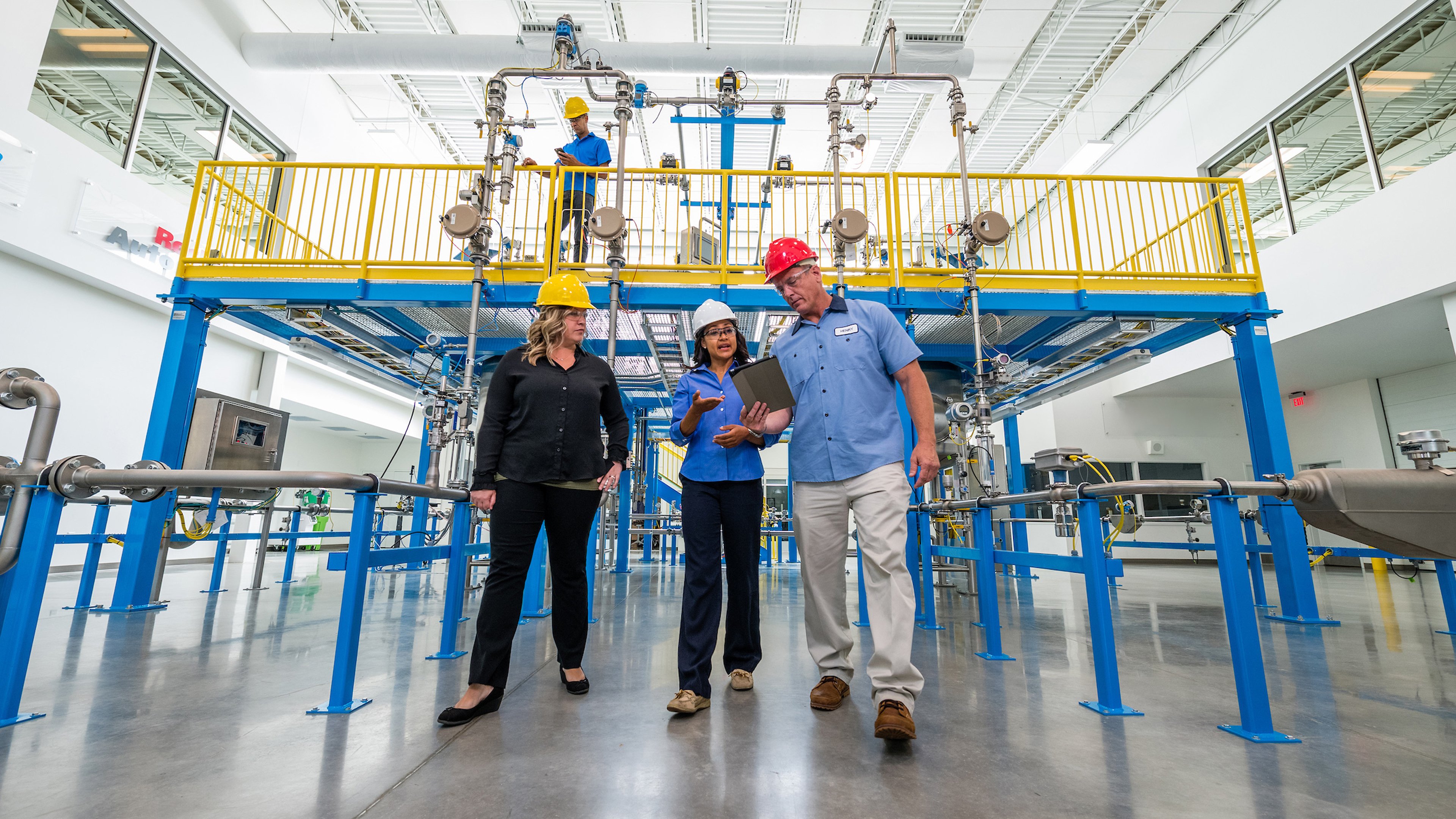With the APAC smart manufacturing landscape crossing $53 billion in valuation last year, what lies ahead in 2025? Scott Wooldridge, Rockwell Automation regional president, shares the key trends that will define how we build, move, and innovate. The question is: Are you ready to embrace them?
Trend 1: Artificial Intelligence (AI) in Manufacturing Will Become Pervasive and Deeply Use-Case Driven
According to Scott, artificial intelligence (AI) is moving away from being a buzzword to becoming an embedded enabler in manufacturing. One example is AI-driven predictive maintenance, enabling machines to signal potential failures before they happen, reducing unplanned downtime and saving costs. Imagine identifying defects before they cascade into costly recalls. This is a reality powered by smart manufacturing and AI.
Additionally, AI will reimage quality control, which historically, is an end-of-line process, often leading to wasted shifts if defects are discovered late. Today, AI-powered vision systems are transforming this scenario by performing real-time analytics directly on production lines — detecting issues like product tolerances or assembly errors on the fly. The result? Faster resolutions, less waste, and better overall quality.
Real-time feedback loops not only enhance quality but also empower teams to act instantly. In a world where speed and precision dictate success, these systems are indispensable. AI’s ability to learn from historical defects and adjust parameters in real-time ensures a continuously improving production process.
In fact, 85% of respondents in our 2024 State of Manufacturing report have already invested or plan to invest in AI or ML. Respondents predict that by 2027, artificial intelligence will have made the biggest positive impact on quality and cybersecurity, which is also a key trend for 2025.
Trend 2: Autonomous Mobile Robots and Other Smart Systems Open New Possibilities Beyond Fixed Production Lines
For decades, manufacturing depended on fixed conveyors and predefined production lines. But with autonomous mobile robots (AMRs), the game is changing. “AMRs eliminate the need for rigid infrastructure,” Scott explains. “They can transport raw materials, move products between machines, and adapt to dynamic layouts.”
Whether retrofitting a brownfield plant or designing a greenfield facility, AMRs introduce agility. No longer constrained by static designs, manufacturers can optimize workflows while addressing challenges like labor shortages and fluctuating demand. This flexibility means production environments can evolve as quickly as consumer preferences.
Further, smart manufacturing technologies like independent cart systems allow manufacturers to adapt swiftly. These systems replace fixed conveyors with magnetic rails, enabling faster throughput and reduced floor space. Similarly, AMRs equipped with advanced navigation systems are minimizing human intervention, helping to improve safety, and enabling continuous operations in high-risk environments.
Advanced digital twins and simulation technologies further enhance this flexibility, allowing manufacturers to model scenarios, optimize layouts, and make informed decisions in real-time.
In fact, after the impact of the pandemic, manufacturers today prioritize flexibility in their production. Traditional factories were designed to produce the same widget for years. But in today’s market, demand can pivot overnight, which is why autonomous actions by smart systems are so important. However, a holistic platform is needed to tie these technologies together—which brings us to the next trend.
Trend 3: MES Will Emerge as a Key Enabling Technology Linking Smart Manufacturing Components
Manufacturing execution systems (MES) are the glue that binds smart manufacturing components. These systems are the key to consolidating and capitalizing on data generated by smart manufacturing environments, a challenge for over 30% of manufacturers.
Scott elaborates: “MES platforms integrate ERP systems, automate workflows, and provide real-time analytics on production data. This connectivity ensures manufacturers have actionable insights.”
Cloud-based MES solutions like Rockwell Automation’s Plex platform are gaining traction in APAC. Unlike traditional on-premises systems that can take years to deploy, Plex can be operational across multiple plants in months. This speed and scalability make it a cornerstone for manufacturers aiming to stay competitive in a rapidly evolving landscape.
Additionally, MES platforms facilitate seamless integration with IoT devices, AI systems, and robotics, ensuring a unified ecosystem. With built-in compliance tools, MES also helps manufacturers meet stringent regulatory requirements while maintaining operational efficiency, a capability that will prove essential in an era increasingly marked by sustainability concerns.


